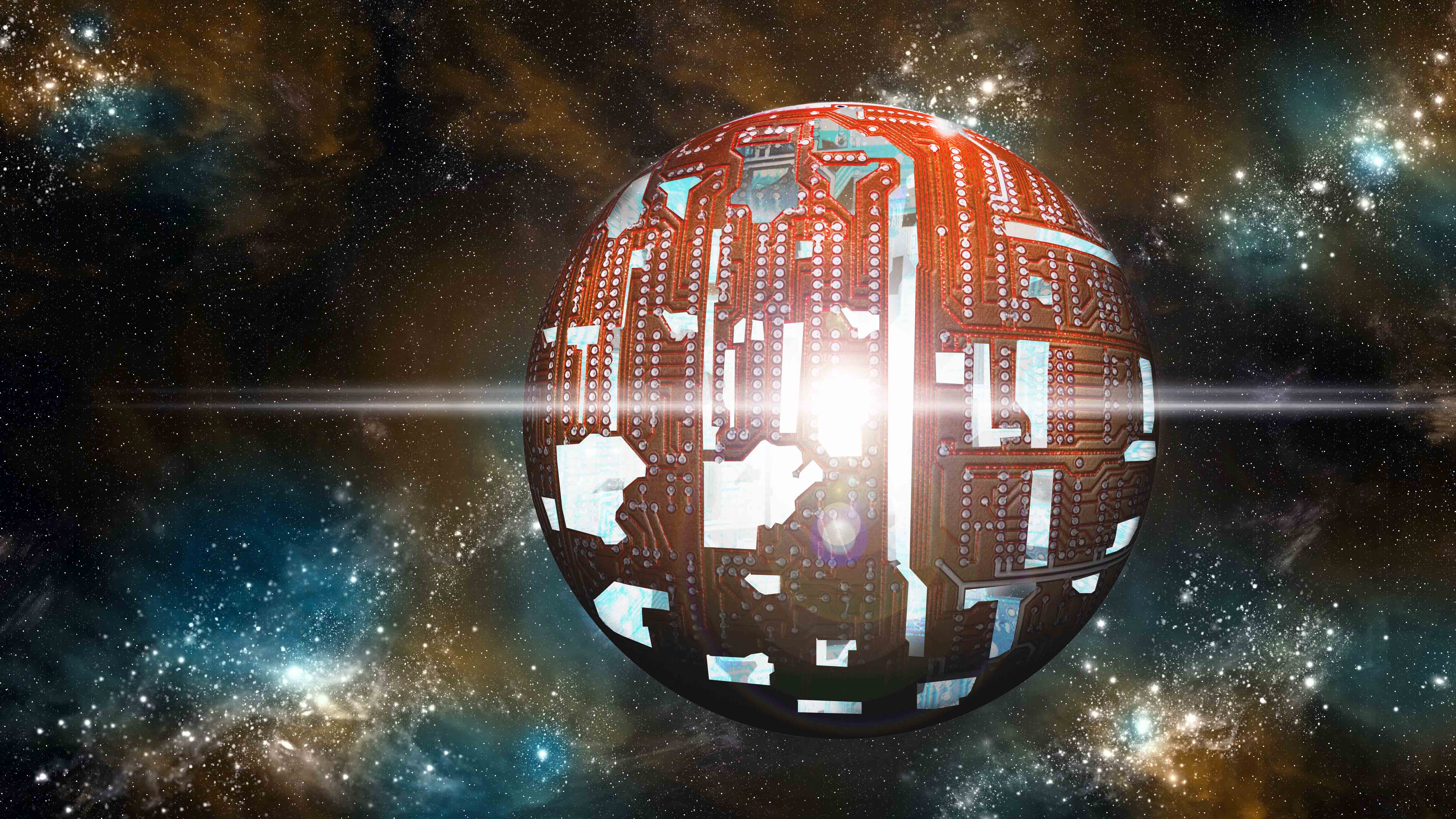extra terrestrials
If aliens do exist, posits theoretical physicist Michio Kaku, why would they want anything to do with us?
▸
4 min
—
with
The mystery behind star KIC 8462852 (aka Tabby Star) continues. Many scientists have proposed ideas but all explanations (so far) seem as unlikely as the Dyson Sphere theory.

